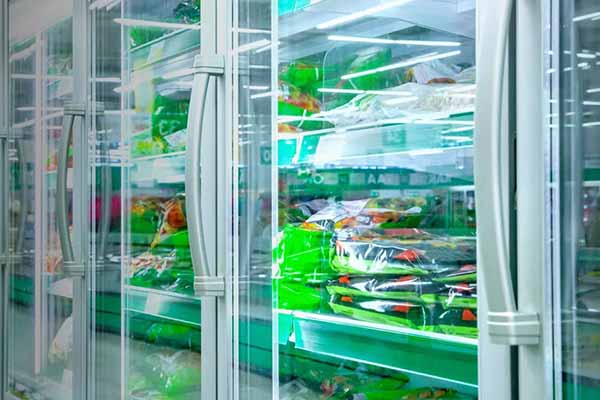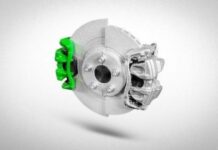India– Honeywell has announced that Heatcraft Refrigeration Products is developing new walk-in unit coolers, condensing units and condensers for supermarkets and retailers that operate using Honeywell Solstice L40X (R-455A).
Honeywell Solstice L40X is a ready-now, low-global-warming-potential (GWP), energy-efficient hydrofluoroolefin (HFO)-blend solution for commercial refrigeration applications. Its GWP below 150 allows retailers to remain compliant with hydrofluorocarbon (HFC) phase-down requirements and contribute to sustainability goals. The solution has the highest capacity and largest charge size of any A2L refrigerant with a GWP of less than 150. Thus, allowing for a lower run time ratio and greater architecture flexibility, helping to drive down total cost of ownership.
Bob Landi, vice president and general manager, Heatcraft Refrigeration Products said, “Trusted, low-GWP, energy-efficient refrigerants such as Honeywell Solstice L40X is exactly the type of solution we look for when creating new technologies.”
Mike Sweeney, platform lead, Commercial Refrigeration, Honeywell Advanced Materials said, “With more original equipment manufacturers like Heatcraft designing with Solstice technology in mind, Honeywell will continue to invest in the Solstice portfolio.”
Solstice:
Honeywell has invested more than one billion dollars in research, development and new capacity for its Solstice technolog. It has anticipated the need for lower-GWP solutions to combat climate change more than a decade ago. The product line helps customers lower their greenhouse gas emissions and improve energy-efficiency without sacrificing end-product performance. It includes refrigerants for vehicle, commercial and residential air conditioning applications, heat pumps. Moreover, blowing agents for insulation; aerosol propellants; solvents for cleaning solutions; and are being evaluated for use in metered-dose inhalers.
Using Honeywell Solstice products has helped avoid the potential release of the equivalent of more than 295 million metric tons of carbon dioxide into the atmosphere, comparable to eliminating emissions of more than 62 million cars.[1]

















